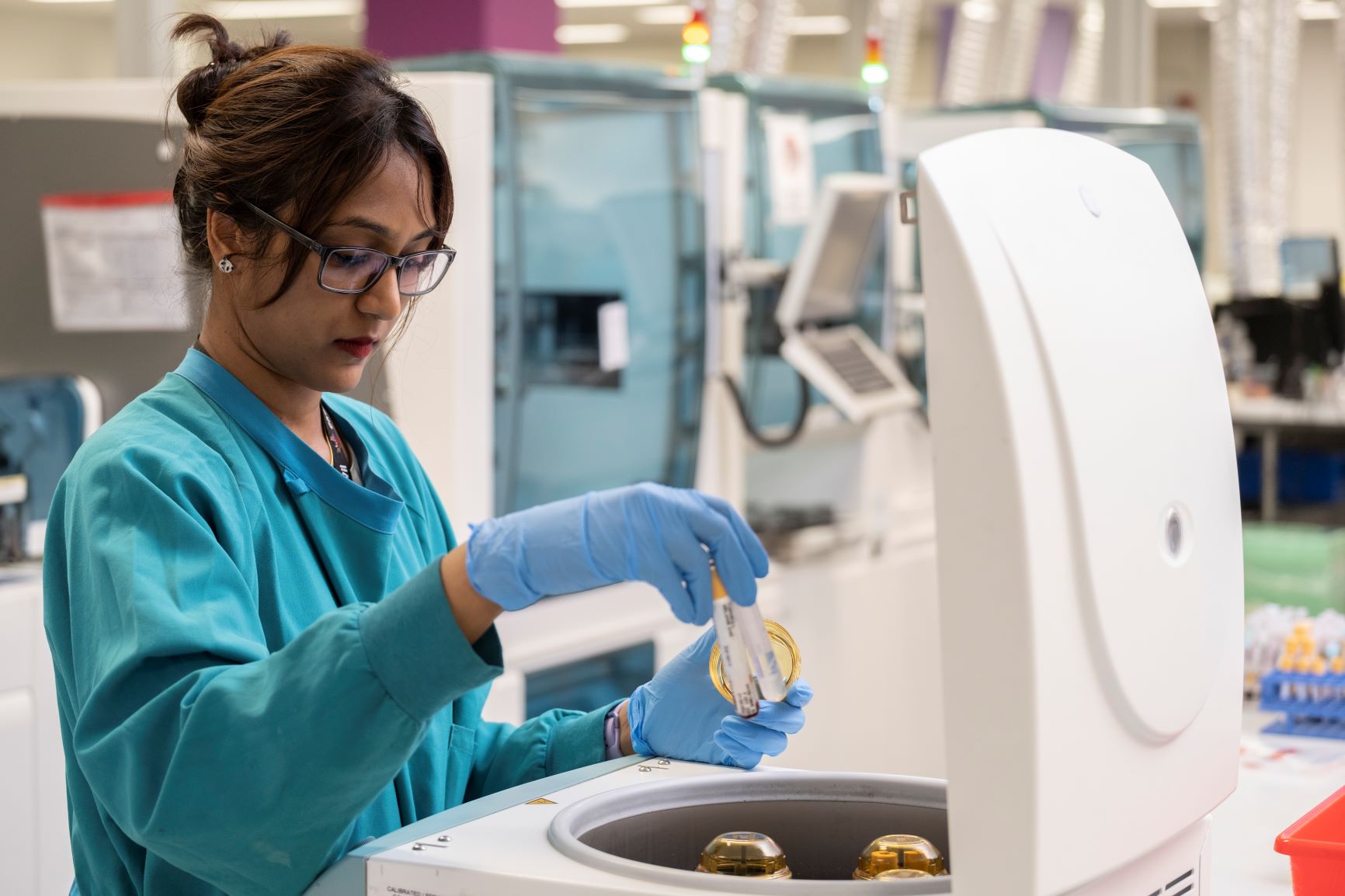As mentioned in previous communications regarding changes to vitamin B12 testing, we are no longer able to reliably source the radioactive labelled Co57 required to carry out the RIA method for measurement of vitamin B12 in serum, plasma and liver samples.
Extensive comparative testing has been carried out over the last few months and validation of a new assay is now complete. We have changed to the Roche chemiluminescent vitamin B12 assay for all testing.
What changes will you notice?
Reference intervals have been modified for serum, plasma and liver testing to compensate for the different test methodology now being used. You will therefore be unable to directly compare B12 results obtained by the new assay with historical results.
> Liver B12 sheep and cattle – results correlated well against the RIA method. The reference intervals were adjusted based on the comparison and regression analysis. Note: The dilution ratio for liver samples was adjusted to ensure results fall within the technical limits for the assay.
> Serum B12 sheep – results correlated well with the RIA method. The reference intervals were adjusted based on the comparison and regression analysis.
Serum B12 cattle
Initially, results did not correlate well due to the varying proportion of B12 analogues detected by the RIA method. Comparison testing was then carried out against another commercially used and comparative method, and regression analysis was used to calculate a new reference interval.
We did see some unexpected results for cattle B12 sera at the lower end of the reference range. This was due to the detection limit (74 pmol/L) being very close to the lower limit of the adjusted reference interval of 83 pmol/L. These samples were retested at another commercial laboratory for comparison and any amended results were issued to affected customers. The number of affected samples was very small.
Further recalibration and validation work was carried out for serum B12 testing for cattle samples close to the detection limit for this test. Results are now providing a good indication of adequate levels in cattle.
If you have any questions please just contact your local laboratory or territory manager.

